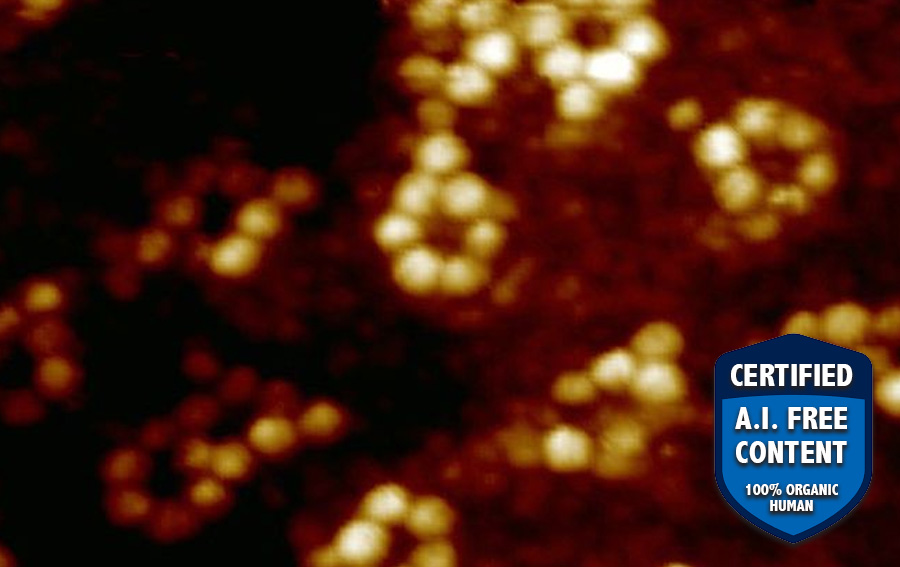
rather interesting image, if valid and assuming the balls are neutrons and protons. Certainly good to see expected geometric forms and this is likely independent of specific order as well.
I have waited over fiftyyears to see an actual convincing image and that means everyone has been talking mostly to tgeir imagination. Not good.
Again this is easily self assembled with neutral neutron pairs or NNPs and would look just like what we are seeing. this at least confirms the geometry and i wonder why we see so little attention to geometry.
First X-ray Taken of a Single Atom
https://atlantisrising.com/2023/07/08/first-x-ray-taken-of-a-single-atom/
Since its discovery by Roentgen in 1895, X-rays have been used everywhere, from medical examinations to security screenings in airports. Even Curiosity, NASA’s Mars rover, is equipped with an X-ray device to examine the materials composition of the rocks in Mars. An important usage of X-rays in science is to identify the type of materials in a sample. Over the years, the quantity of materials in a sample required for X-ray detection has been greatly reduced thanks to the development of synchrotron X-rays sources and new instruments. To date, the smallest amount one can X-ray a sample is in attogram, that is about 10,000 atoms or more. This is due to the X-ray signal produced by an atom being extremely weak so that the conventional X-ray detectors cannot be used to detect it. According to Hla, it is a long-standing dream of scientists to X-ray just one atom, which is now being realized by the research team led by him.
“Atoms can be routinely imaged with scanning probe microscopes, but without X-rays one cannot tell what they are made of. We can now detect exactly the type of a particular atom, one atom-at-a-time, and can simultaneously measure its chemical state,” explained Hla, who is also the director of the Nanoscale and Quantum Phenomena Institute at Ohio University. “Once we are able to do that, we can trace the materials down to ultimate limit of just one atom. This will have a great impact on environmental and medical sciences and maybe even find a cure that can have a huge impact for humankind. This discovery will transform the world.”
Their paper, published in the scientific journal Nature (https://www.nature.com/articles/s41586-023-06011-w) on May 31, 2023, and gracing the cover of the print version of the scientific journal on June 1, 2023, details how Hla and several other physicists and chemists, including Ph.D. students at OHIO, used a purpose-built synchrotron X-ray instrument at the XTIP beamline of Advanced Photon Source and the Center for Nanoscale Materials at Argonne National Laboratory.
For demonstration, the team chose an iron atom and a terbium atom, both inserted in respective molecular hosts. To detect X-ray signal of one atom, the research team supplemented conventional detectors in X-rays with a specialized detector made of a sharp metal tip positioned at extreme proximity to the sample to collect X-ray excited electrons – a technique known as synchrotron X-ray scanning tunneling microscopy or SX-STM. X-ray spectroscopy in SX-STM is triggered by photoabsorption of core level electrons, which constitutes elemental fingerprints and is effective in identifying the elemental type of the materials directly.
No comments:
Post a Comment